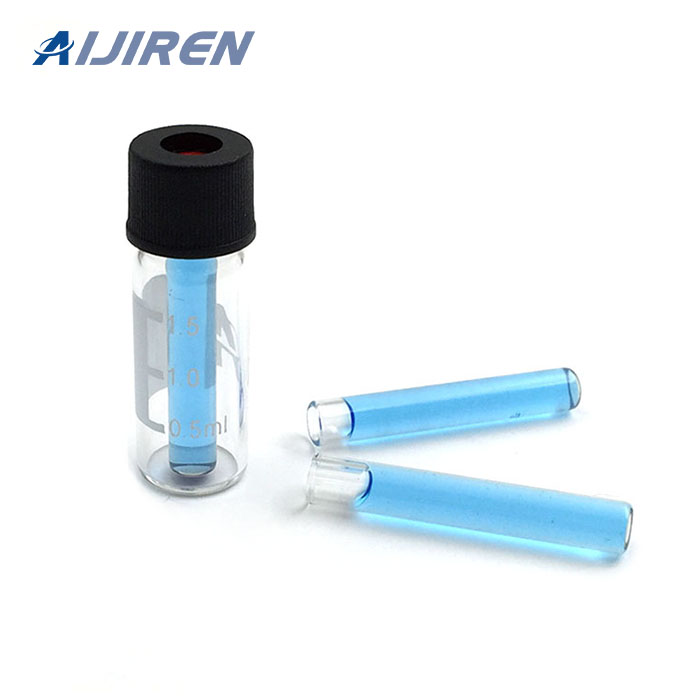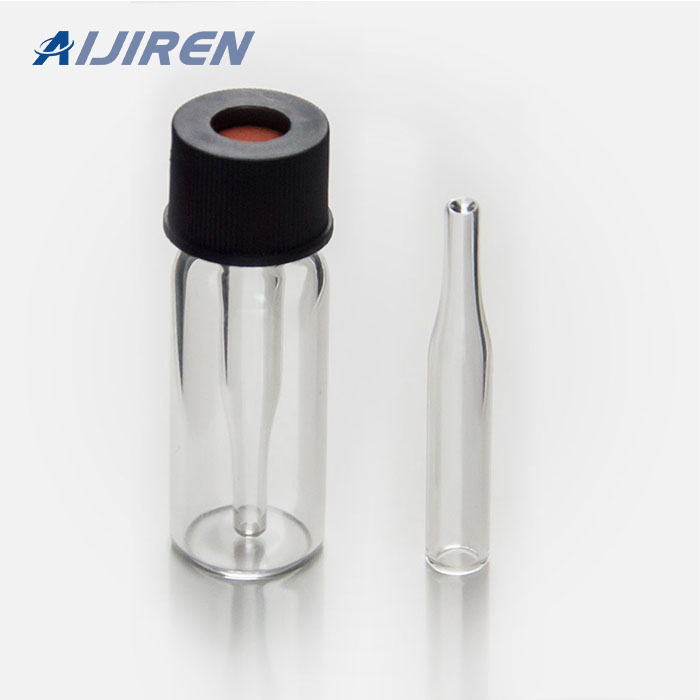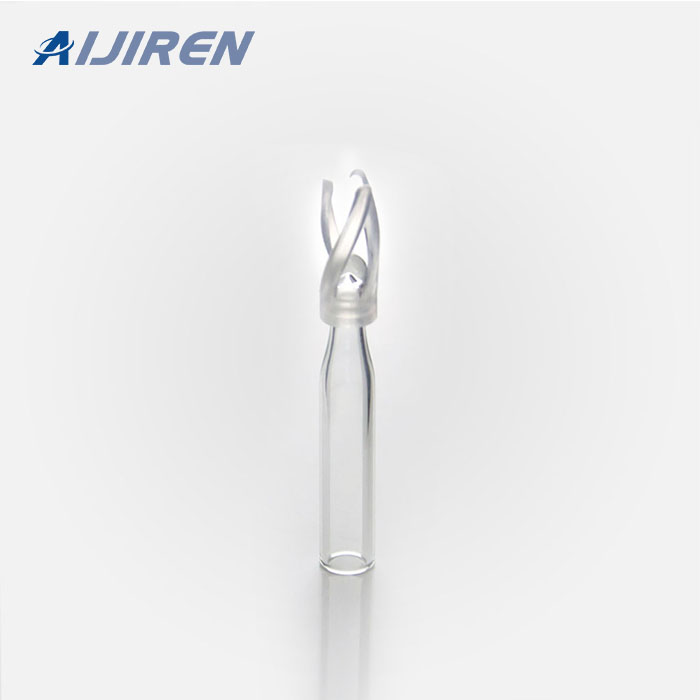





1.5mL 8-425 Screw Neck Vial ND8 1.5mL 9mm Short Thread Vial ND9 1.5mL 10-425 Screw Neck Vial ND10 1.5mL 11mm Snap Ring Vial ND11 1.5mL 11mm Crimp Ring Vial ND11 4mL 13-425 Screw Neck Vial ND13 1mL Shell Vial Micro-Inserts Vial Racks Hand Crimper, Decrimper
Guide to Using Polymer-Based RP Columns : Silica is normally used as the packing material for HPLC columns for a number of reasons. It is very strong, allowing it to be used at high backpressures, and packed at even higher pressures to give a really stable columns with sharp peaks.
The course will provide exposure to the advances in the field of HPLC to the experienced analyst and both basics and practical aspects to beginners.Wide coverage is given to fundamental concepts of laboratory operations in a lucid manner so that both the novice and expert will find the programme as a useful reference for the day to day laboratory operations.
New Distributors for Shodex. Crawford Scientific became a distributor of Shodex HPLC columns at the beginning of 2019. With this new addition we complement our vast range of products with a complete family of polymer-based columns, designed for reversed phase, HILIC, ion chromatography, size exclusion, and more.
Our latest and most comprehensive range of innovative vials and closures ensure sample security and integrity in a wide variety of formats and autosamplers. HPLC and UHPLC Pumps Retention time precision is the key to the highest confidence in your data for reliable analyte identification and quantification.
Figure 2. Chromatogram of a polymer under investigation. This separation is based on a slight difference in hydrophobicity between the mono and difunctional species. Figure 2 shows the chromatogram of a polymer under investigation. In this case, the minor component is not detected, illustrating that this HPLC technique can be used
Mar 11, 2019 · HPLC Injector: This is the part of HPLC used to load the sample into the system. This is done by two injections; one is an external syringe which loads the sample into HPLC injector. This injector loads the sample into the stream of the mobile phase. For more refer the article on HPLC injection.
Apr 14, 2011 · Importance of filtration in sample prep. Filtering a sample is important for many reasons, foremost among which are clearer chromatographs and cleaner HPLC columns. “For HPLC sample prep, the most important thing is particle-free samples,” says Joshi. “That’s why filtration is a key sample-prep step prior to chromatography.
A specific variant of HPLC is LC-MS in which a mass spectrometer is coupled to the HPLC system, leveraging the chromatographic separation to obtain specific mass spectra for individual compounds, allowing for molecular weight analysis, structural analysis, and ppb quantitation in complex sample matrices. HPLC vs. GC-MS
High-performance liquid chromatography, or HPLC, is a highly versatile technique that separates components of a liquid mixture based on their different interactions with a stationary phase. HPLC is an adaptation of column chromatography. In column chromatography, a column is packed with micro-scale beads called the stationary phase.
The book will enable polymer chemists, physicists and material scientists as well as students of macromolecular and analytical science to optimize chromatographic conditions for a specific separation problem. Special emphasis is given to the description of applications for homo- and copolymers and polymer blends.
High Performance Liquid Chromatography (HPLC) is an analysis technique used for separation and quantification of small molecules and polymers. HPLC is the method of choice for testing complex mixtures containing non-volatile and semi-volatile organic compounds such as polymer additives , active pharmaceutical ingredients (API’s), and impurities.
HPLC Columns and Cartridges Pre-packed columns, cartridges, and guard columns for separation of biomolecules and organic/inorganic analytes; includes normal/reversed phase HPLC, UHPLC, LC-MS, HILIC, mixed-mode, ion exchange, ligand exchange, and affinity column formats.
5. flush with benzene-free n-hexane VII-2. Reversed phase media 1. flush with HPLC grade water; inject 4 aliquots of 200 µL DMSO during this flush 2. flush with methanol 3. flush with chloroform 4. flush with methanol VII-3. Anion exchange media 1. flush with HPLC grade water 2. flush with methanol 3. flush with chloroform VII-4. Cation
Immediately find HPLC and UHPLC columns for reversed phase, chiral, normal phase, GFC, GPC, ion exchange, HILIC, and SFC using our HPLC product search.